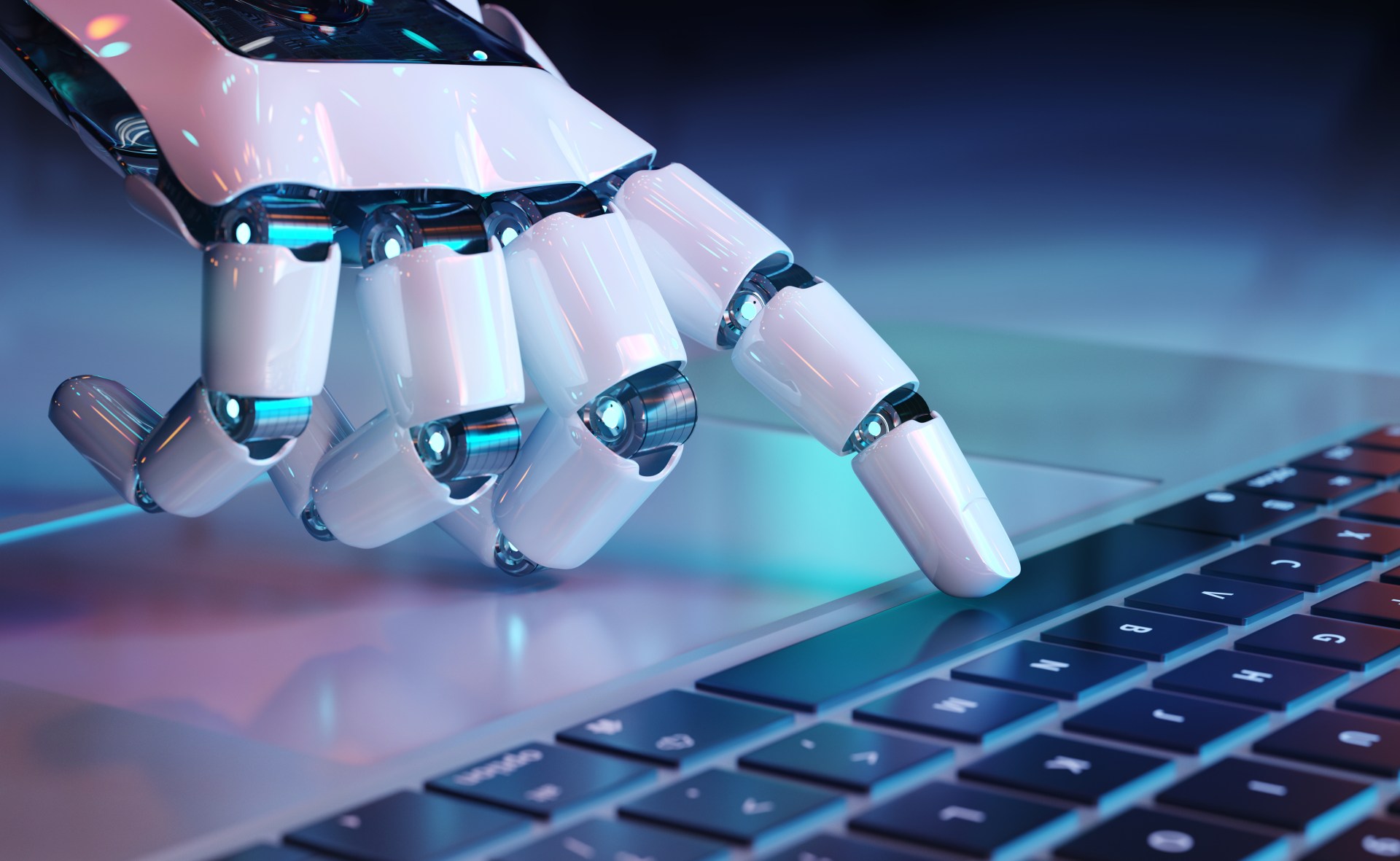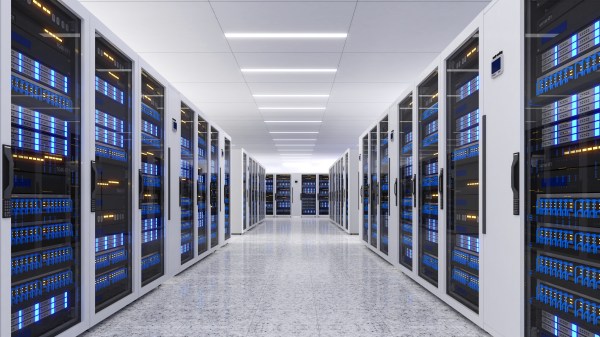Like many other industries, the colocation sector has been making increasing use of AI. Here is an overview of how integrating AI into colocation data centers has benefitted their operations.
AI-driven optimization
Artificial intelligence (AI) has been used to optimize operations across a variety of industries. Here are five ways AI-driven optimization has been optimizing operations in colocation data centers.
Automated resource allocation
Through advanced algorithms, AI systems dynamically allocate processing power, storage, and bandwidth in real time, optimizing resource usage. This ensures that workloads are distributed effectively, preventing bottlenecks and enhancing overall system performance. Automated resource allocation is particularly valuable in addressing the dynamic demands of varying workloads.
Streamlined workflow management
Through intelligent automation, routine operational processes such as provisioning, scaling, and maintenance can be executed seamlessly. This not only reduces the workload on IT staff but also minimizes the likelihood of errors associated with manual interventions. The result is a more agile and responsive data center environment, capable of handling complex tasks with increased efficiency.
AI-based coordination and task prioritization
AI algorithms analyze real-time data on system performance, user demand, and criticality of tasks to prioritize and schedule operations. This ensures that mission-critical processes receive the necessary resources and attention, optimizing overall system functionality. By dynamically adapting to changing conditions, AI-based coordination maximizes the responsiveness of the collocation facility.
Smart cooling systems for energy efficiency
Smart cooling systems leverage AI algorithms to analyze temperature patterns, equipment loads, and environmental conditions in real time. By dynamically adjusting cooling mechanisms based on this analysis, AI ensures that cooling resources are deployed precisely where and when needed. By maximizing the energy efficiency of the colocation facility, AI both lowers costs and improves sustainability.
Power distribution management through AI algorithms
By continuously monitoring power usage patterns, AI systems can predict and adjust power distribution to prevent overloads and optimize energy utilization. These algorithms analyze historical data and real-time conditions to adapt power distribution in real-time. It therefore ensures that each component receives the necessary energy without exceeding its capacity.
This proactive approach to power management not only enhances the reliability and stability of the data center but also contributes to sustainability goals by minimizing energy wastage.
Predictive maintenance
Leveraging predictive maintenance ensures that equipment is given exactly the right maintenance at exactly the right time. This approach offers three key benefits over traditional maintenance.
Firstly, it helps to maximize the lifespan of equipment. Secondly, it minimizes the cost of the maintenance since exactly the right level of resource is used. Thirdly, it helps to reduce, or even eliminate, disruptions caused by breakdowns and unplanned maintenance work.
Here are five key ways colocation data centers are leveraging AI for predictive maintenance.
Anomaly detection through data analytics
By establishing baseline behavior patterns, algorithms can detect deviations indicative of potential issues or abnormal conditions. Anomaly detection utilizes statistical methods and machine learning algorithms to analyze vast datasets, identifying patterns that may signify impending faults. This enables early intervention and targeted maintenance efforts to address potential problems before they escalate.
Machine learning models for fault prediction
Predictive maintenance leverages machine learning models to predict potential equipment faults. These models are trained on historical data, learning patterns, and correlations between various parameters associated with equipment health. Through continuous monitoring and analysis, machine learning models can forecast potential failures, enabling data center operators to take proactive measures.
Proactive equipment maintenance scheduling
Through the analysis of historical performance data and real-time monitoring, AI algorithms can forecast when specific components or systems are likely to require maintenance. This allows data center operators to schedule downtime and maintenance activities during periods of low demand. It therefore minimizes the impact on overall operations.
Proactive maintenance scheduling enhances the efficiency of maintenance processes and reduces the risk of unplanned downtime, ensuring that equipment remains in optimal condition and contributing to the longevity of critical assets.
Continuous monitoring of equipment health
AI applications for predictive maintenance involve continuous monitoring of equipment health in colocation data centers. Sensors and monitoring devices collect real-time data on various parameters such as temperature, vibration, and performance metrics.
AI algorithms analyze this data to assess the health and condition of equipment. Continuous monitoring allows for the early detection of subtle changes or degradation in equipment performance, enabling timely intervention before a failure occurs.
Integration with existing maintenance protocols
By integrating AI into existing workflows, data center operators can leverage predictive insights without disrupting established maintenance procedures. This integration involves creating robust interfaces through Application Programming Interfaces (APIs).
These APIs facilitate seamless communication between AI systems and existing maintenance management tools, allowing the exchange of crucial information about equipment status, historical performance, and maintenance schedules.







